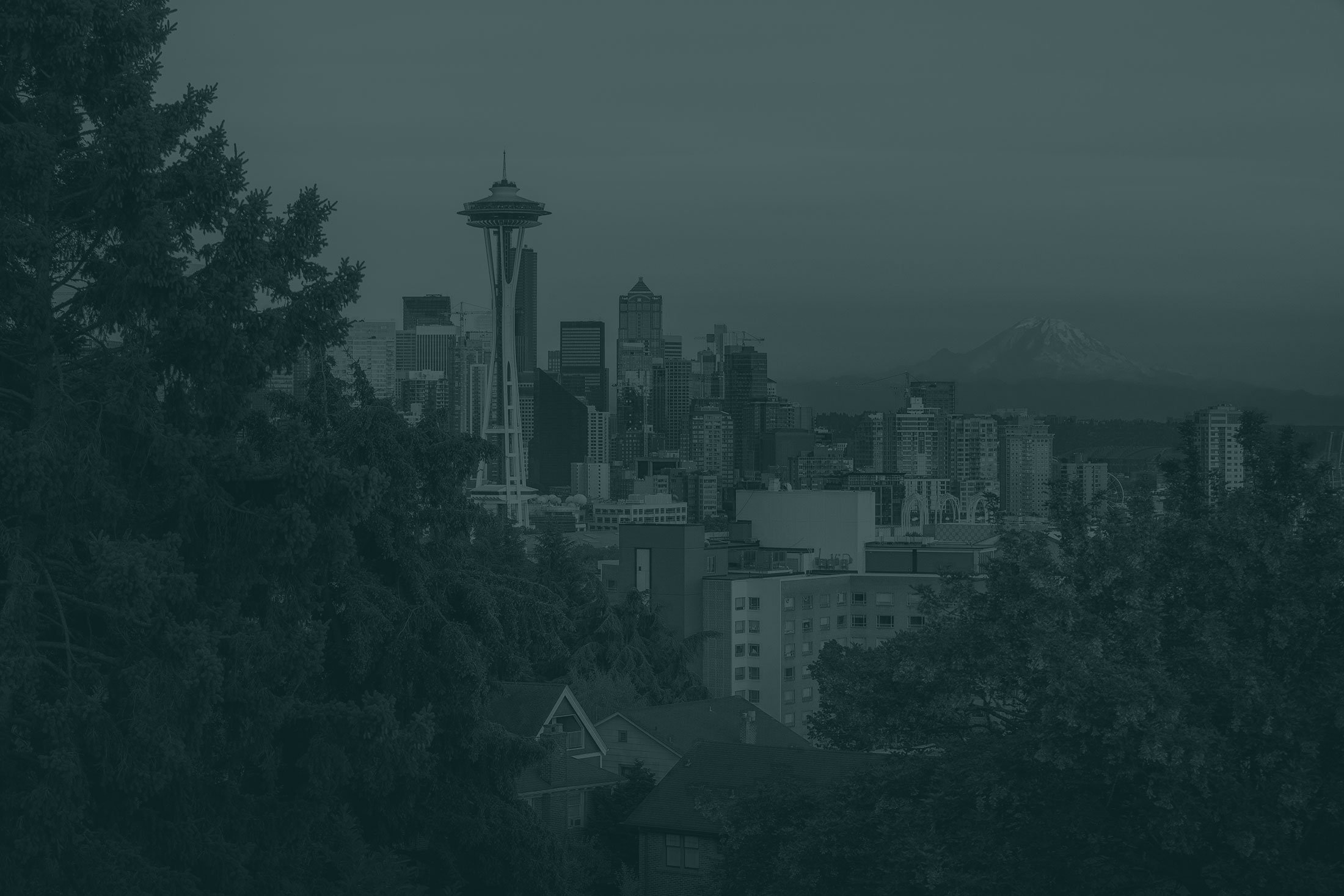
The state budget impacts the daily lives of Washingtonians
Most people probably don’t think about the state budget very much, but it impacts our daily lives.
From the price we pay to fill up our gas tank to roads and schools, housing affordability and homelessness, all have a connection to the state budget.
Washington’s budget has a multibillion-dollar gap.
Some officials are calling it a crisis.1
Is it? How did it happen? Learn more about how the state budget got to this point, what it means, and why it matters.
Keeping It Simple
This series of short videos breaks down the budget shortfall with a whiteboard, some cartoons, and the state’s own data.
State Spending and Revenues
Dollars in Billions
Washington is on track to collect $10 billion more in tax revenue over the next 4 years — still, spending is set to outpace that by $12 billion.
A GROWING DISCONNECT
Unlike in a fifth of other states,1 or at previous times in Washington’s history2, state tax revenues have not declined in our state. As Jay Inslee said in his last press conference as governor: “We’ve got a booming economy rather than a recession…one of the strongest economies in the country.” 3
In fact, in 2021-23, Washington collected $11.6 billion more than it did in 2019-21 in tax revenue.4 And the state is expected to collect another $10 billion more in tax revenue between now and 2027-29.5
-
2. https://dor.wa.gov/sites/default/files/2022-02/tax%2520statistics%25202009.pdf
3. https://tvw.org/video/governor-jay-inslee-budget-rollout-2024121162/?eventID=2024121162
4. https://erfc.wa.gov/sites/default/files/public/documents/publications/nov24pub.pdf
5. https://erfc.wa.gov/sites/default/files/public/documents/publications/nov24pub.pdf
As lawmakers meet for the 2025 Legislative Session to write a two-year budget, they are required to balance spending promises with expected tax revenue.
Unlike the federal government, the state can’t spend in deficit.
So how did we get to where cost to continue state programs exceeds what the state expects to bring in over the next 4 years by about $12 billion? 1
HOW WE GOT HERE
Lawmakers have increased spending by 40% over the last two budget cycles.
Since 2021, lawmakers have increased state spending in each of the two, two-year budgets by double digits each. 1
This has led to a 39.4% percent increase in spending over four years.2
Tax revenue increased at high rates as well in the biennia before 2023-25 3 — but were never expected to remain at such high levels for long.4
Which is Growing Faster: State Spending or the Cost of Living?
Washingtonians are struggling to keep up with the growth of their household costs, while the fastest growth rate of all has been the growth of state spending.
Recent state spending choices
AT-A-GLANCE
-
2021
https://researchcouncil.org/wp-content/uploads/Enacted2123.pdf
https://researchcouncil.org/wp-content/uploads/SubstantialSurplus2021.pdf
2022
https://researchcouncil.org/wp-content/uploads/2022supp.pdf
https://researchcouncil.org/wp-content/uploads/Enacted2123.pdf2023
https://researchcouncil.org/wp-content/uploads/AnatomyofaShortfall.pdf
2024
https://washingtonstatestandard.com/2024/03/29/inslee-oks-2-billion-boost-in-state-spending/
https://researchcouncil.org/wp-content/uploads/AnatomyofaShortfall.pdf
The past decade: comparing average household income, state tax revenue, state spending
How Does the State’s Income Growth Compare to Yours?
Record state revenue growth in Washington has been followed by record-breaking state spending; have Washingtonians’ household budgets tracked with the state’s?
+55%
2013: $60,106
2023: $93,440
+99%
2013: $17.8 Billion
2023: $35.4 billion
+114%
2013-15: $33.6 billion
2023-25: $72 billion
Fact-checking recent claims about the state budget gap:
“A perfect storm” of factors
In November, the state finance director described the budget gap as a “perfect storm” of factors outside of lawmakers’ control, coalescing at once. In fact, it is the result of legislative choices.
1
“Below average” revenue
In December, outgoing Governor Jay Inslee suggested the budget gap is the result of insufficient tax revenues, and a system “below average in the revenue that it generates.” In fact, Washington’s tax collections have performed historically well, and have supported an unprecedented expansion of state government over the past decade.
2
“Largest budget deficit” ever
3
State officials have said this is the largest budget gap in state history. In fact, the budget gap is dwarfed by the revenue shortfall of the Great Recession.
News


















